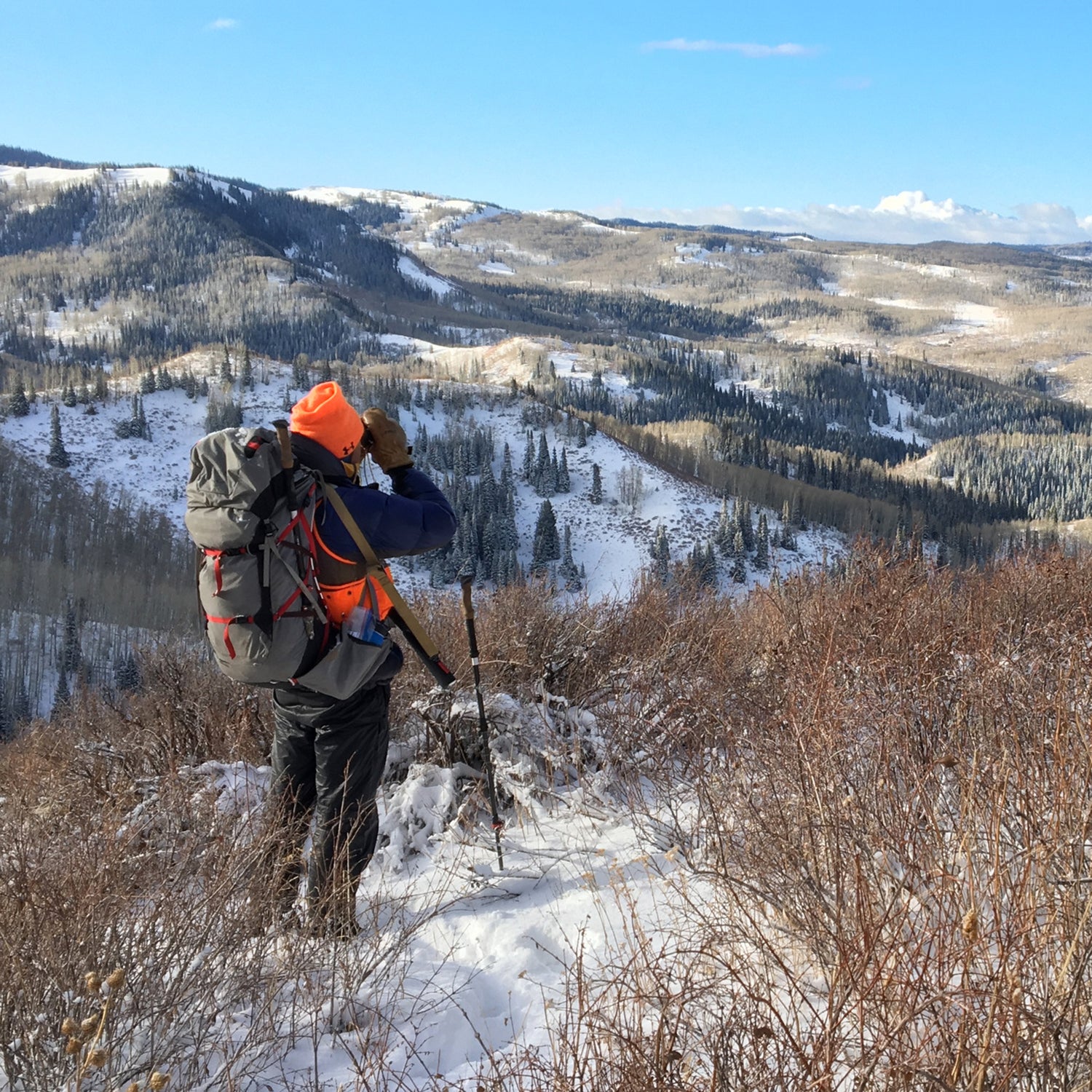This month╠řI am guiding two three-day overnight backpacking trips in West VirginiaÔÇÖs beautiful and uncrowded Appalachian Mountains. Here are six importantÔÇöand maybe slightly odd ÔÇöitems that IÔÇÖm taking with me.
Brute Super Tuff Compactor Bags ($18)
An NOAA weather station near the trailhead where IÔÇÖll be starting reports that the╠řaverage rainfall in May is 6.1 inches. Over the course of six days, IÔÇÖm almost certain that itÔÇÖll rain, and it could rain the entire time. To keep my gear dry, IÔÇÖll line my pack with two 20-gallon Brute Super Tuff Compactor bags, which are made of two-millimeter plastic and last about a month before developing holes (which can be covered with duct tape for a time).
In one bag, IÔÇÖll╠řkeep my overnight gear and supplies, which I donÔÇÖt need during the day (e.g., the╠řsleeping bag, pad, stove, insulated clothing, sleeping clothes, and food for later in the trip). Items╠řIÔÇÖll use more frequently, IÔÇÖll keep╠řin the other bag. If any of my things╠řget╠řwet (e.g., the shelter, raingear), IÔÇÖll put them╠řin an outside pocket╠řor inside the main compartment but on the outside of the Brute liners.
REI Quarter Dome Air Hammock ($200)
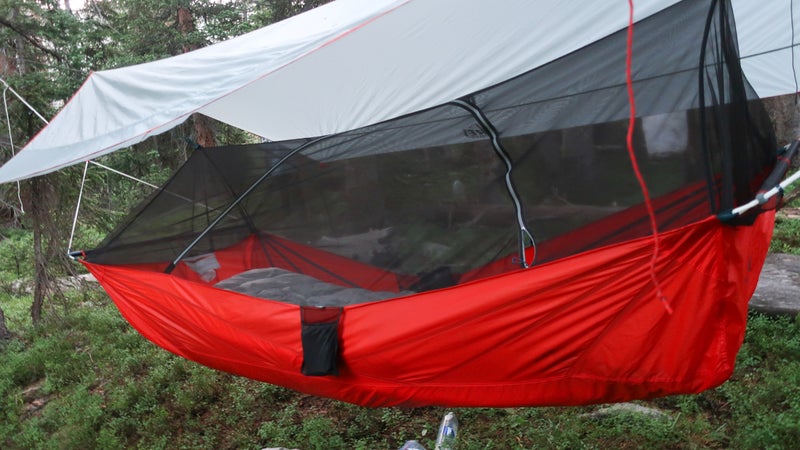
Most backpackers still sleep in tents, but for the eastern woodlands (and for some high-use areas in the West) IÔÇÖm completely sold on the virtues of╠řhammocks, which are phenomenally comfortable. A hammock allows you to set up camp away from crowded and often rocky╠řestablished campsites. ItÔÇÖs also a nice place to hang out when itÔÇÖs raining.
Backpacking hammock systems are pretty╠řniche, and╠řcottage brands like Warbonnet Outdoors and Hammock Gear dominate the market. But I plan to use a more widely accessible model, the REI Quarter Dome Air hammock, which I used last summer for two weeks in Rocky Mountain National Park.
The Quarter Dome Air is user-friendly, very comfortable, and just $200╠ř(which includes the hammock with╠řsuspension╠řand a tarp with guylines). To complete the kit and avoid CBS (a.k.a. ÔÇťcold-butt syndromeÔÇŁ), add a traditional sleeping pad or the (recommended). My only criticism is its weight: three╠řpounds╠řeight╠řounces. To keep╠řthe Quarter Dome Air at this price, the company╠řeschewed lighter (and more expensive) fabrics.
This item is currently sold out.╠ř
Sawyer Picaridin Insect Repellent Lotion ($9)
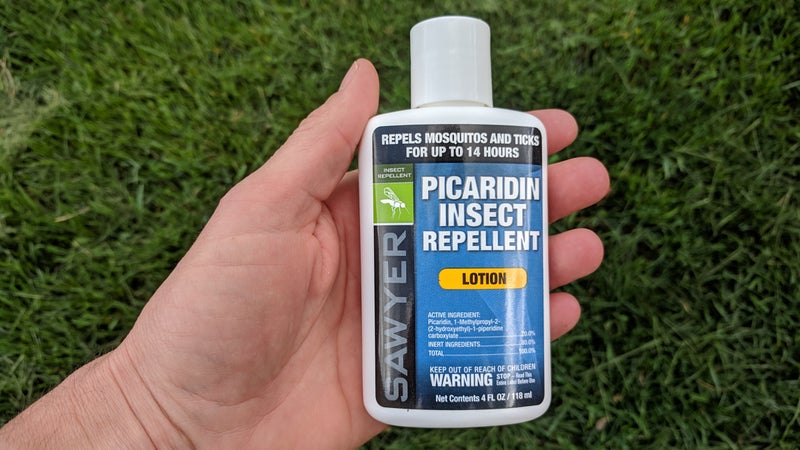
IÔÇÖm expecting some mosquitoes,╠řbut IÔÇÖm more concerned about ticksÔÇöMay is prime time for them, and the mid-Atlantic is , according to the Centers for Disease Control and Prevention.
The most effective╠řmethod to repel ticks is full-coverage clothing treated with permethrin, which may be branded as BugsAway, Insect Blocker, or Insect Shield. IÔÇÖm going to risk it some with a more customary hiking outfit, consisting of shorts and a T-shirt, but I plan to regularly apply Sawyer Picaridin Insect Repellent lotion to my arms and legs╠řand around (but not directly on) sensitive areas where ticks are most likely to burrow, like my armpits and crotch.
Gore H5 Gore-Tex Shakedry Hooded Jacket ($400)
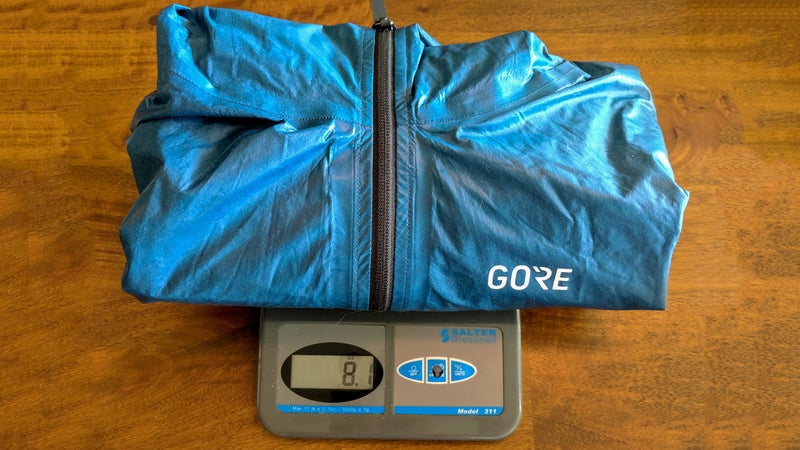
Did I mention it will probably rain? When it does, IÔÇÖm excited to test the new H5 Hooded jacket from Gore Wear, which is GoreÔÇÖs internal design group, tasked with trying╠řto push the limits of its╠řfabrics.
The H5 is made of Gore-Tex Active fabric, with Shakedry╠řtechnology. Unlike a conventional waterproof-breathable fabric, where the membrane is in a 2.5- or three-layer sandwich,╠řprotected on both sides with face fabrics and/or coatings, the Shakedry membrane is on the outside. Theoretically, this should prevent wetting out (when the face fabric becomes saturated with water and hinders breathability). Conceptually, itÔÇÖs similar to Outdry Extreme from Columbia.╠řI donÔÇÖt yet know how the fabrics compare in their performance.
Shakedry╠řtechnology has been out for several years, but the original fabric was not sufficiently durable for use with a backpack, at least according to GoreÔÇÖs guidelines. The H5 is made with a heavier fabric that should better withstand abrasion. ItÔÇÖs still very lightÔÇömy size large (which fits more like a medium from most other brands) weighs just 8.2 ounces. ItÔÇÖs a minimalist and well-executed design, featuring a hood adjustment, two front pockets, elasticized wrist cuffs, and a waist drawcord with a waist gaiter.
╠ř
Sleeping Clothes (Stuff Already in╠řthe╠řCloset)
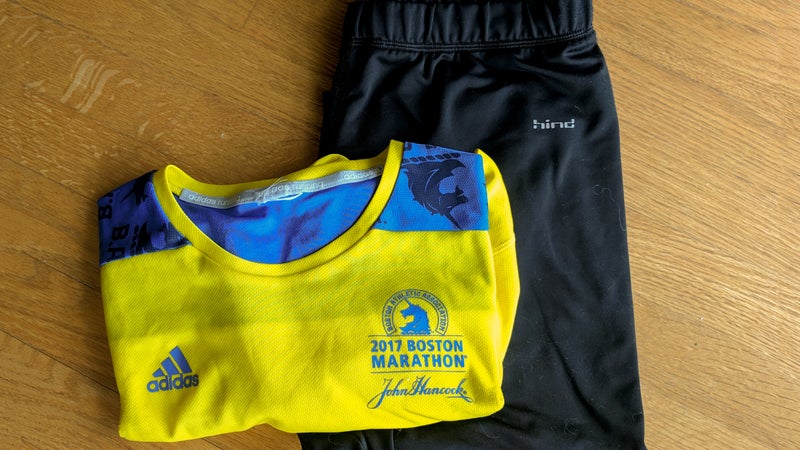
If the forecasted low temperatures are in the forties, as they normally are╠řthis time of year, IÔÇÖll bring a long-sleeved polyester top and some lightweight running tights. The eight-ounce╠řweight penalty will be entirely justified by the enhanced nights of sleeping comfort. These items have no performance thresholdÔÇöIÔÇÖll take a top and bottom that I already own, even if they╠řfit╠řpoorly, have╠řholes, or are╠řlast decadeÔÇÖs hot color.
Osprey Aether Pro 70 ($375)
As the guide, my pack is always the largest and╠řheaviest of the group. I carry the first-aid kit and satellite messenger╠řand usually a disproportionate share of the╠řfood. Plus, I like having the╠řextra capacity, in case a client needs to be relieved of some weight. (Most clients will start these intro-level three-day trips with only about 20 pounds of gear, food, and water. But if someone is struggling with altitude, fitness, or a travel bug, every╠řpound makes a difference.)
Since last year, IÔÇÖve been using the Osprey Aether Pro as my guide pack.╠řI also used it on a two-night trip with my wife and during╠řan elk-hunting trip in the Colorado Rockies in November. I wouldnÔÇÖt recommend the Aether Pro for normal backpacking tripsÔÇöitÔÇÖs a little heavyÔÇöbut it is ideal for larger╠řloads. Weighing╠řabout four╠řpounds, the Aether Pro is about 1.5 pounds heavier than sweet-spot╠řbackpacks like the Hanchor Marl, Osprey Exos, and Sierra Designs Flex Capacitor. But it offers more volume, more durability, and much more load capacity than lighter packs. This spring in the Aether Pro IÔÇÖve been carrying 50 pounds up the foothills peaks of Boulder, Colorado, and IÔÇÖm not at its maximum comfort weight.


